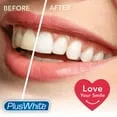What is White Teeth Whitening Gel
White teeth whitening gel is a cosmetic dental product designed to lighten the color of your teeth. It typically contains bleaching agents that penetrate the enamel and dentin, breaking down stains and discoloration. Whitening gels are available in various concentrations and can be used at home or in a professional dental setting. Understanding the basics of this product is the first step in achieving a brighter, more confident smile. The effectiveness of the gel can depend on various factors, including the type of stains, the concentration of the bleaching agent, and the duration of application.
Key Ingredients in Whitening Gel
The active ingredients in white teeth whitening gels are what make them effective. These ingredients are responsible for the bleaching action that removes stains and brightens the teeth. The most common active ingredients are hydrogen peroxide and carbamide peroxide, which are safe for use in oral care products within regulated concentrations. The concentration of the active ingredient determines how strong the bleaching action will be. Different products contain varying levels of these components to cater to different needs and levels of discoloration.
Hydrogen Peroxide

Hydrogen peroxide is a powerful oxidizing agent, meaning it breaks down stains by releasing oxygen molecules. These molecules penetrate the enamel and dentin, reacting with the stain molecules to lighten the teeth. Hydrogen peroxide is often used in higher concentrations in professional whitening treatments. It’s crucial to handle products containing hydrogen peroxide with care, as higher concentrations can cause increased sensitivity if misused. The effectiveness depends on the concentration and the contact time with the teeth, which can vary from minutes to hours, depending on the product and its application method.
Carbamide Peroxide
Carbamide peroxide is another common ingredient in whitening gels. When carbamide peroxide comes into contact with water, it breaks down into hydrogen peroxide and urea. This slower release of hydrogen peroxide makes it a gentler option, often found in at-home whitening kits. The urea acts as a moisturizing agent, reducing the risk of tooth sensitivity, and is less harsh on the gums. While carbamide peroxide is gentler, it still effectively whitens teeth, though it may require more applications to achieve the desired result compared to higher concentrations of hydrogen peroxide.
How Whitening Gel Works
The process of whitening with gel involves the bleaching agents penetrating the tooth enamel to break down stain molecules. The bleaching agents release oxygen free radicals that oxidize the stain molecules, making them less concentrated and, therefore, less visible. This process effectively lightens the overall shade of the teeth. The depth to which the gel penetrates and the duration of the bleaching action are crucial. It’s essential to follow the instructions provided with the product, as overuse can lead to tooth sensitivity or gum irritation.
Types of Whitening Gels
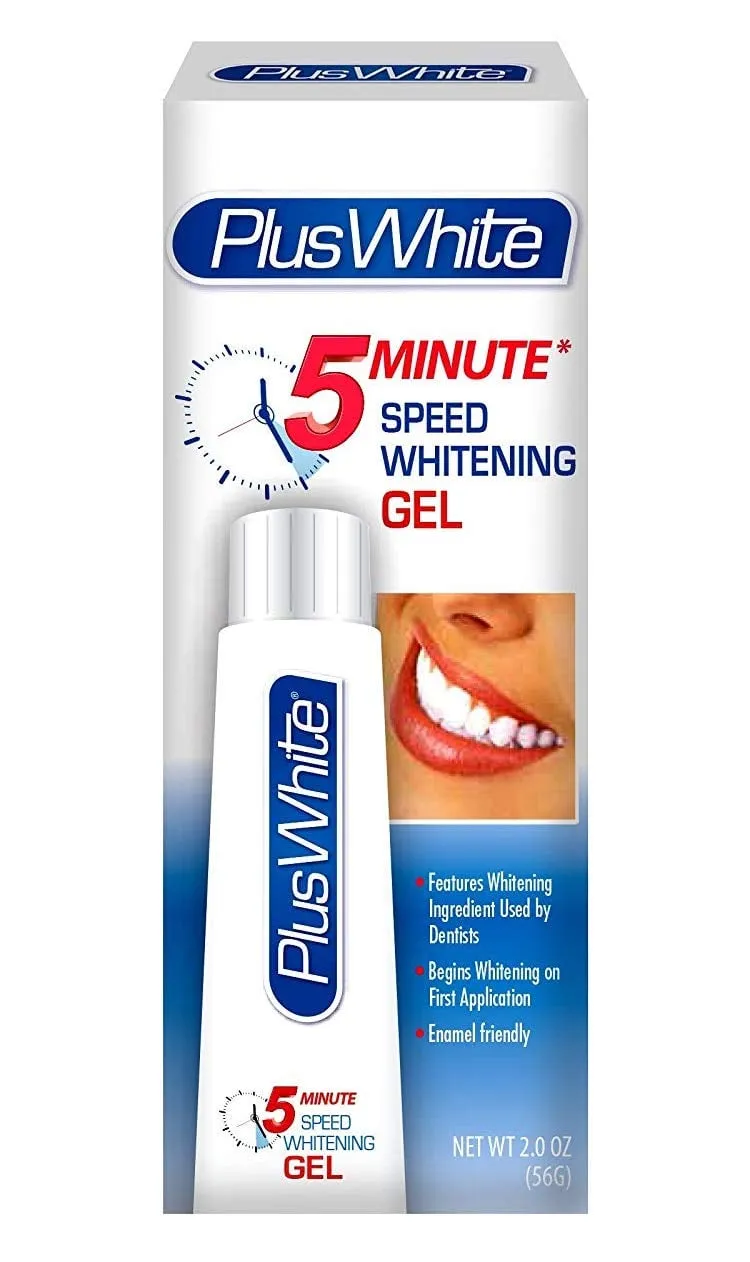
Whitening gels are available in two main categories: over-the-counter (OTC) and professional. Each type offers different concentrations of active ingredients and application methods, catering to various needs and preferences. Understanding the differences between these types can help you choose the right product to achieve the desired results safely and effectively. The choice depends on factors such as the severity of the stains, the desired level of whitening, and the user’s comfort level with the application process.
Over-the-Counter Gels
Over-the-counter (OTC) whitening gels are readily available at drugstores and online retailers. These products typically contain lower concentrations of bleaching agents, making them a safer option for home use without professional supervision. They are often sold in pre-filled trays, strips, or pens. The convenience and affordability of OTC products make them a popular choice for those looking to brighten their smiles without a dental appointment. The effectiveness of OTC products may be less compared to professional options, and results may take longer to appear. It is crucial to follow the instructions carefully to prevent any adverse effects.
Professional Whitening Gels
Professional whitening gels are administered by a dentist in a dental clinic. These gels have higher concentrations of bleaching agents, leading to quicker and more dramatic results. The dentist customizes the application process, ensuring the safety and effectiveness of the treatment. They also use techniques like light-activated whitening to accelerate the bleaching process. Professional whitening is ideal for those with stubborn stains or who want immediate results. The treatment typically involves a pre-whitening examination to assess the condition of the teeth and gums, ensuring the treatment is safe and appropriate.
Benefits of Using Whitening Gel
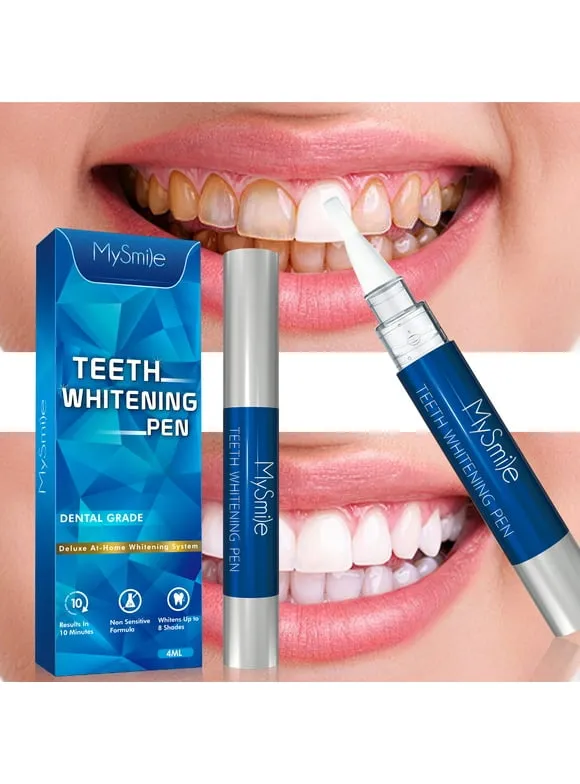
Whitening gels offer several advantages, making them a popular cosmetic dental treatment. The most notable benefits include improved appearance and increased confidence. A whiter smile can significantly enhance one’s self-esteem and have a positive impact on personal and professional interactions. The results can be noticeable within a few applications, boosting the user’s morale. However, it is important to weigh these benefits against potential risks and consider individual oral health factors.
Improved Appearance
One of the primary benefits of using whitening gel is the significant improvement in the appearance of the teeth. Stains from coffee, tea, tobacco, and certain foods can be effectively removed, revealing a brighter, more youthful smile. This cosmetic enhancement can boost self-esteem and make a person feel more confident in social and professional settings. A brighter smile can also make a person look healthier and more approachable. The aesthetic benefits are often immediate and can make a big difference in overall facial appearance.
Increased Confidence
A whiter smile can drastically increase a person’s confidence. Feeling self-conscious about stained or discolored teeth can impact social interactions and overall well-being. Whitening gel can help individuals feel better about their appearance, leading to more confident smiles and improved self-esteem. Increased confidence can positively influence various aspects of life, from personal relationships to professional success. The ability to smile freely and without hesitation can greatly enhance an individual’s overall quality of life.
Potential Risks and Side Effects
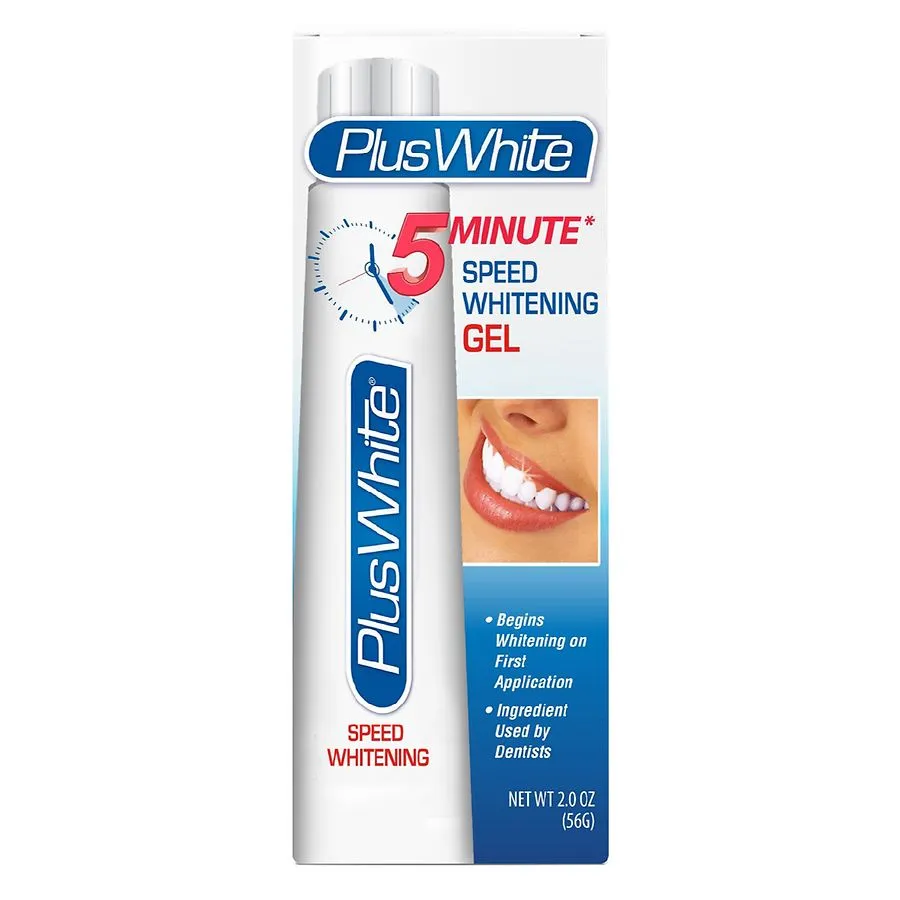
While white teeth whitening gels are generally safe, there are potential risks and side effects that users should be aware of. The most common side effects are tooth sensitivity and gum irritation. These effects are usually temporary and resolve shortly after treatment. It’s important to understand these risks and take precautions to minimize any negative impacts. Consulting with a dentist before starting any whitening treatment can help identify potential risks and ensure a safe and effective outcome. Proper usage and adherence to product instructions are also crucial.
Tooth Sensitivity
Tooth sensitivity is a common side effect of using whitening gels. The bleaching agents can penetrate the enamel and reach the dentin, causing temporary discomfort. This sensitivity usually manifests as a sharp pain or sensitivity to hot or cold temperatures. Tooth sensitivity is more common with higher concentrations of hydrogen peroxide. To mitigate sensitivity, users should follow the product instructions carefully, avoid overuse, and use desensitizing toothpaste. If sensitivity persists, consult a dentist for advice on managing the discomfort and adjusting the treatment.
Gum Irritation
Gum irritation is another potential side effect, particularly if the whitening gel comes into contact with the gums. This irritation can cause redness, swelling, and soreness. It is more likely to occur if the trays or strips don’t fit properly, allowing the gel to leak onto the gums. To prevent this, ensure proper application, use trays that fit snugly, and wipe away any excess gel. If gum irritation occurs, it typically resolves on its own within a few days. However, if irritation persists or worsens, it is essential to consult a dentist for assessment and treatment.
How to Use Whitening Gel Safely
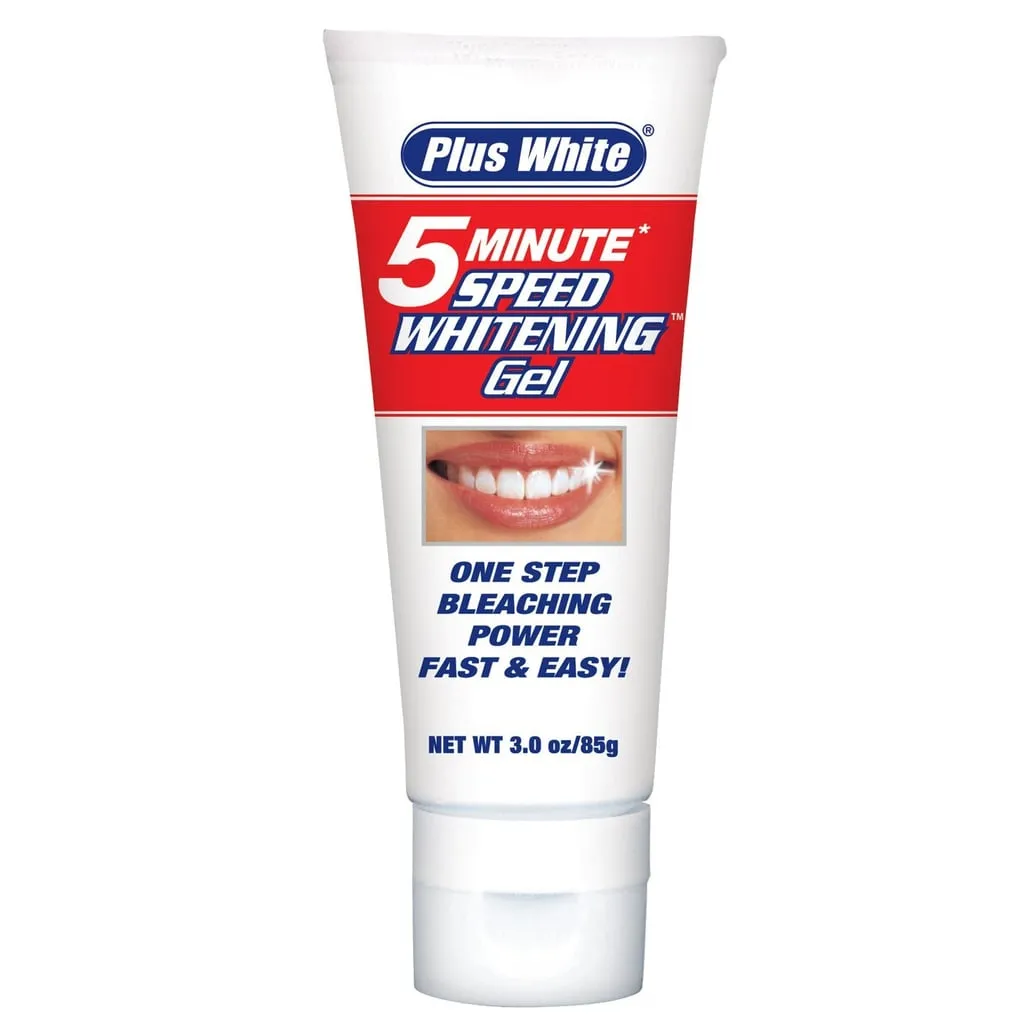
To ensure the safe and effective use of white teeth whitening gel, it’s crucial to follow the product instructions carefully. Proper application and aftercare tips can minimize the risk of side effects and maximize whitening results. Regular dental check-ups and consultations with a dentist can also provide personalized advice and ensure the treatment is suitable for individual oral health. Understanding the correct techniques will help users achieve a brighter smile without compromising their dental health.
Application Techniques
The application technique varies depending on the product type. For tray-based systems, apply the gel evenly in the trays and insert them into the mouth, ensuring the gel covers all tooth surfaces. For strips, apply the gel-coated side directly to the teeth, following the instructions for the duration of use. Avoid overfilling the trays or applying too much gel, as this can increase the risk of gum irritation. Make sure to thoroughly brush your teeth before application, and avoid eating or drinking during treatment. Consult with a dentist if you have any questions or concerns.
Aftercare Tips
After using whitening gel, following aftercare tips can help maintain the results and minimize potential side effects. Avoid consuming foods and beverages that can stain teeth, such as coffee, tea, red wine, and dark-colored sauces, especially for the first few days. Use a desensitizing toothpaste to reduce any sensitivity. Practice good oral hygiene, including brushing twice a day and flossing regularly, to keep your teeth healthy and white. Rinse your mouth with water after eating or drinking anything that could potentially stain your teeth. Regularly visit your dentist for check-ups and professional cleanings to maintain your bright smile.
Maintaining Your White Smile
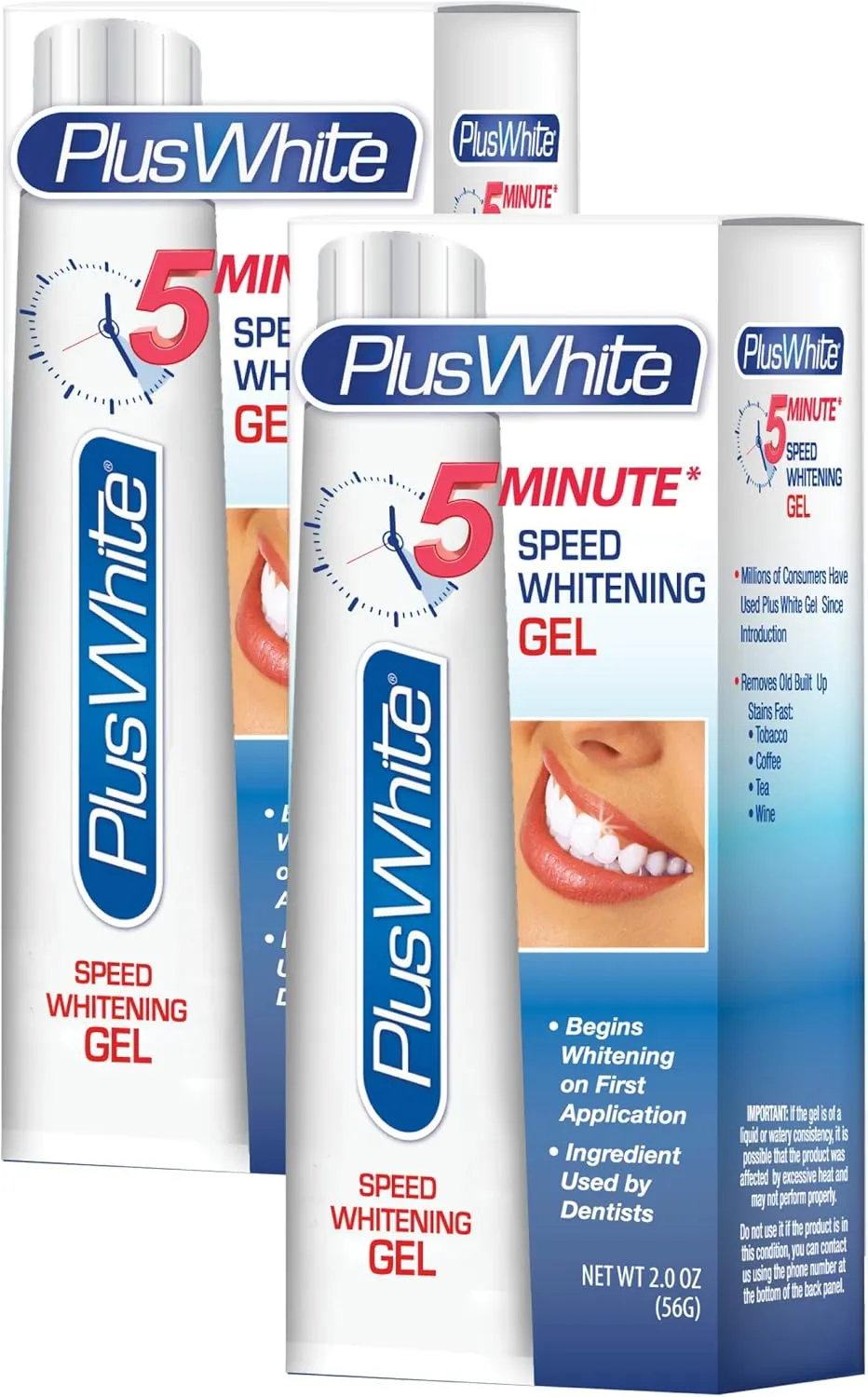
Maintaining a white smile involves adopting long-term strategies to prevent stains and keep your teeth bright. Regular dental check-ups and cleanings are essential for removing surface stains and maintaining overall oral health. Adjusting dietary habits and practicing good oral hygiene can significantly impact the longevity of your results. With proper care, the effects of teeth whitening can be prolonged, allowing you to enjoy a confident and radiant smile for years to come. Prevention is key, and a combination of professional care and home practices will give you the best outcomes.
In conclusion, white teeth whitening gel offers an effective way to achieve a brighter smile. By understanding the facts about whitening gel, its ingredients, application, and potential risks, you can make informed decisions about your oral health. Always consult with a dentist before starting any whitening treatment to ensure it’s safe and appropriate for your individual needs. Proper use, aftercare, and maintenance are crucial for achieving and maintaining a dazzling, confident smile. A beautiful smile is a reflection of overall health and well-being, and teeth whitening can be a valuable part of achieving this.
